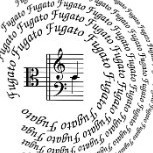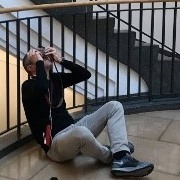Can AF speed be improved via firmware?
-
Recently Browsing 0 members
- No registered users viewing this page.
-
Similar Content
-
- 3 replies
- 473 views
-
- 2 replies
- 153 views
-
- 10 replies
- 1,065 views
-
- 73 replies
- 6,877 views
-
- 26 replies
- 2,421 views
-





Recommended Posts
Join the conversation
You can post now and register later. If you have an account, sign in now to post with your account.
Note: Your post will require moderator approval before it will be visible.